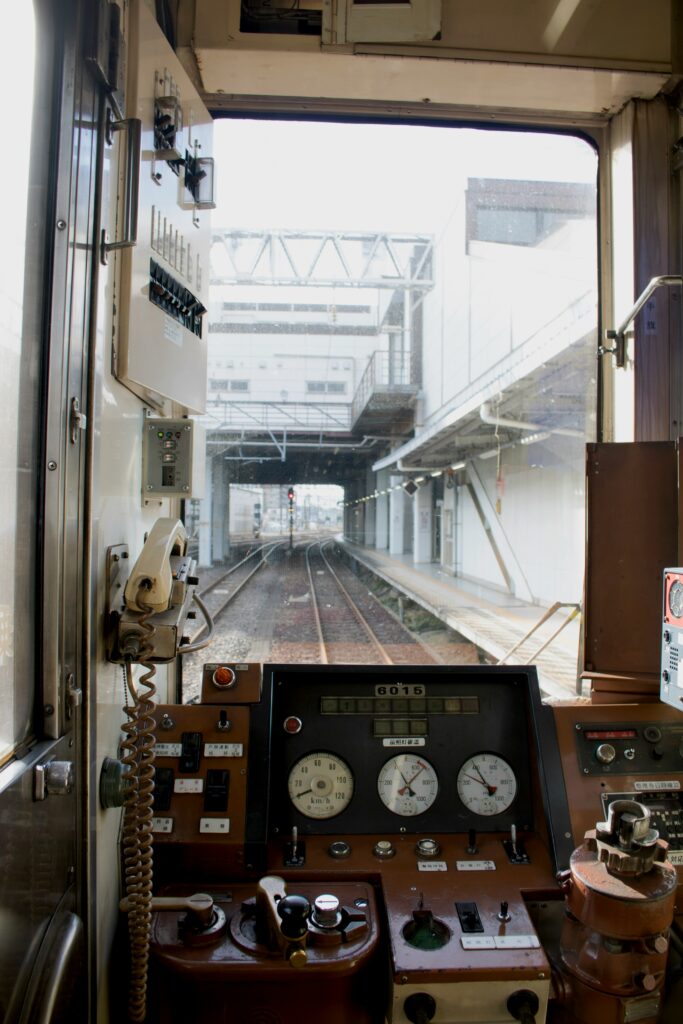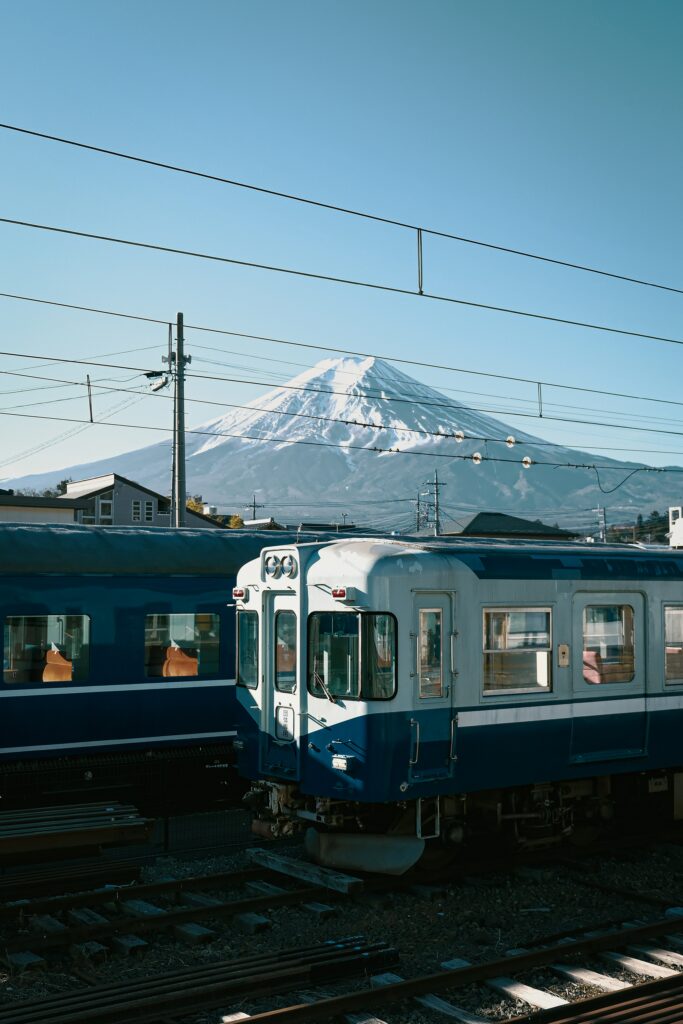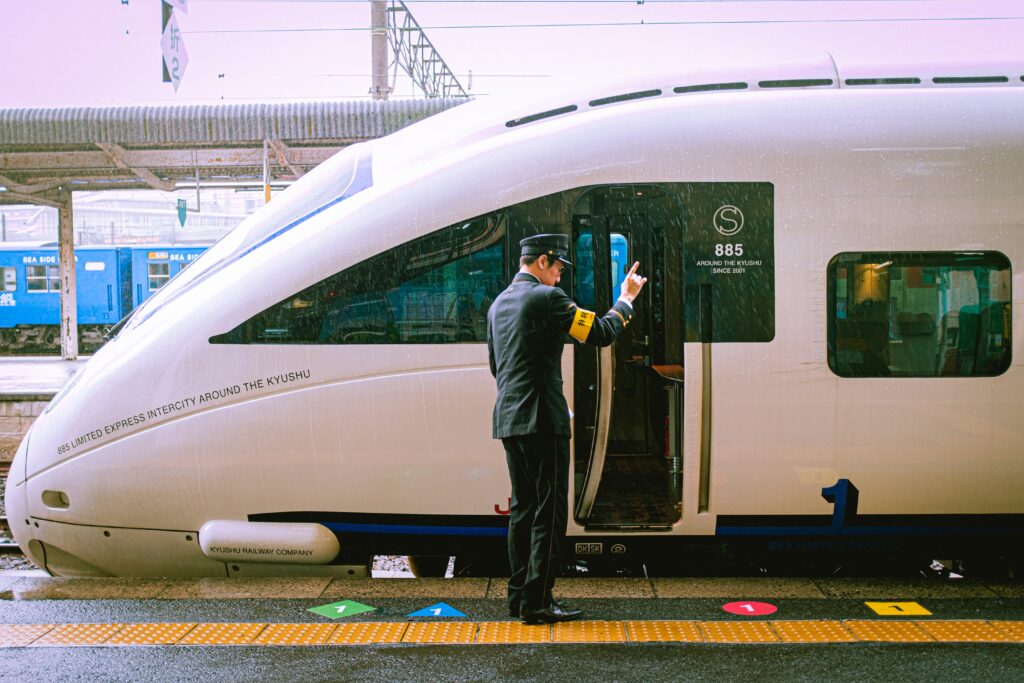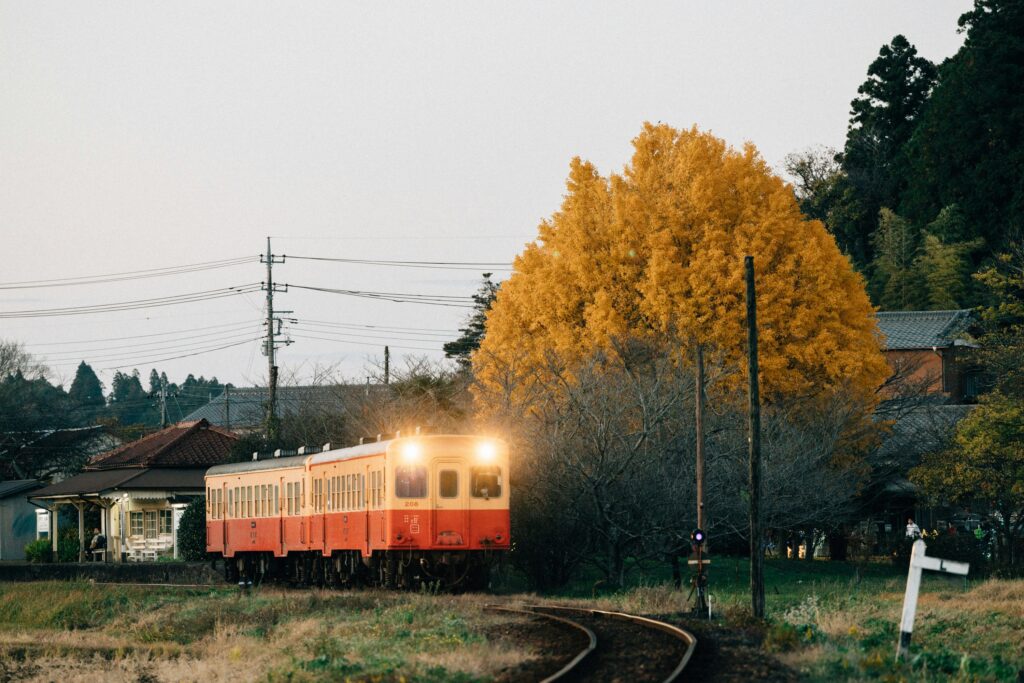In most countries, a train pulling away from the platform exactly on time is an anomaly—something to be celebrated. Here in Japan, however, it is just part of the seamless routine, and what is expected by the millions of commuters who rely on trains to get to work and school every day.
Whether it’s your first ride on the shinkansen or a quick hop across Tokyo, Japan’s train system feels more like precision engineering than public transportation. And once you’ve experienced it, you might find yourself wondering why every country doesn’t do it this way.
Japan’s trains are more than just fast and clean; they reflect a deep commitment to efficiency, planning, and respect for passengers. For travelers, this means less time spent waiting, worrying, or figuring things out. The train system is not just a convenient way to get around; it’s a window into how Japan runs punctually and with great attention to detail.
Punctuality you can set your watch by


In Japan, a train that’s just one minute late might be enough to prompt an apology over the loudspeaker. It’s not just a cliche; trains here leave and arrive to the minute.
This system isn’t just good for the schedule; it’s good for the mind. In a world where public transportation is often unpredictable, Japan’s trains allow travelers to plan their day with confidence and pack a lot into a single day.
There is a funny story I like to share that demonstrates how seriously this country takes punctuality and customer satisfaction. In 2017, the Metropolitan Intercity Railway Company, operating the Tsukuba Express, issued a public apology on their website because one of their trains left 20 seconds early. And the fact is, no passengers complained. Most probably didn’t even notice the train departing at 9:44:20 instead of 9:44:40.
At that point, I had already been in Japan for 25 years, but it was my first time to ever consider that train companies were running not just on the minute, but by the second. Once again, it’s not a cliche; you really can set your watch by the trains here.
Stations that think ahead


Japanese train stations do more than get you from A to B—they help you move through them as smoothly as possible. One of the smartest features is the platform car maps. These tell you exactly which car to board if you want to be near the escalator, elevator, or transfer gate when you get off at your station. For example, if you know you need to change to the Hibiya Line at Ginza Station, you can board the right car in advance, so you’ll step off the train just meters away from the optimal transfer point.
This attention to detail reduces congestion on platforms and shortens transfer times. Even in large, crowded stations, you’ll find plenty of signage—much of it in English, Korean, and Chinese—as well as clear floor markings showing where to queue. Color-coded lines, arrows, and platform numbers make navigation easy, even for first-time visitors.
A travel experience, not just transportation
The trains themselves are quiet, clean, and efficient. Passengers typically wait in orderly lines, board calmly, and, if they need to speak during the ride, they do so quietly out of consideration for others. Also, talking on cell phones is frowned upon and should be avoided. It’s not just about politeness; it’s part of the experience. For travelers, this can be a refreshing contrast to the noisier, more chaotic environments found elsewhere.
Inside stations, you’ll find convenience stores, vending machines, lockers, and sometimes even full shopping malls. If you need a snack, a gift, or an umbrella to combat an unexpected downpour, the station likely has it. Even smaller stations often have basic amenities like heated waiting areas and relatively clean, accessible restrooms.

Final thoughts
Japan’s train system works because every small detail has been thought through, from train timetables to station maps. It’s designed to respect people’s time and make travel stress-free—even enjoyable.
For visitors, it’s more than a way to see the country. It’s a chance to experience a culture where efficiency, care, and public good come together. In a sense, it really is a modern marvel—and that’s why I have called it the 8th Wonder of the World.


